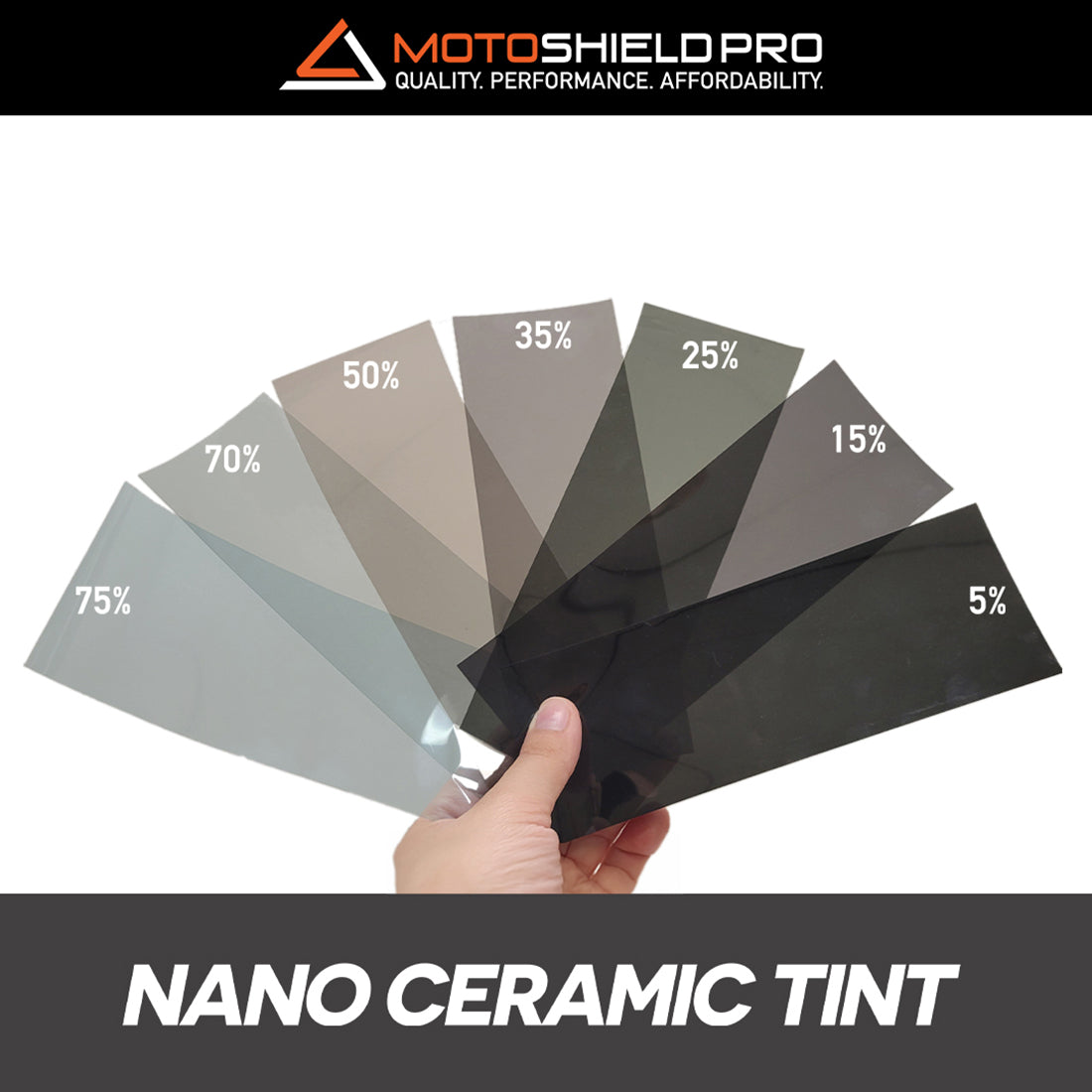Cost Effective Car Window Tinting for every single Vehicle Kind
Cost Effective Car Window Tinting for every single Vehicle Kind
Blog Article
Window Tinting Rules and Guidelines: What You Required to Know Before Tinting Your Cars And Truck
Prior to proceeding with window tinting for your lorry, it is necessary to acquaint on your own with the varied legislations and standards that regulate this technique across various states. These laws determine the acceptable levels of tint darkness, frequently determined by noticeable light transmission (VLT) portions, and consist of certain stipulations for front windscreens aimed at making sure roadway safety.
Overview of Window Tinting Laws
Home window tinting legislations are regularly subject to variation across various jurisdictions, reflecting neighborhood guidelines and security considerations. These legislations determine the allowable degrees of color darkness and reflectiveness on car home windows, guaranteeing that chauffeurs maintain adequate visibility while also protecting versus dangerous UV rays and warm.
Many policies categorize window tinting based on the Visible Light Transmission (VLT) percentage, which shows the quantity of light that can travel through the home window. Generally, reduced VLT portions represent darker tints. Regulations commonly distinguish in between the front, side, and rear windows, with stricter constraints used to the front windshield to improve safety for both the chauffeur and various other roadway customers.
Conformity with window tinting regulations is vital, as offenses can result in penalties, mandatory removal of the tint, and potential increases in insurance policy costs. It is crucial for vehicle owners to familiarize themselves with local legislations prior to continuing with home window tinting installments.
State-by-State Color Rules
Recognizing the specific window tinting regulations in each state is essential for lorry proprietors seeking to abide by the law. Each state in the united state has actually established its own collection of rules controling home window tinting, which can vary dramatically. These policies commonly determine the permitted levels of color darkness, the sorts of windows that can be tinted, and any type of medical exemptions that might use.
As an example, states like The golden state have rigid limitations on color darkness for front home windows, while others, such as New Mexico, might permit darker tints. Furthermore, certain states mandate particular exposure percentages for various windows, consisting of the windscreen, front side windows, and rear windows. It is critical for car proprietors to acquaint themselves with their state's regulations to avoid possible fines or penalties.
Furthermore, some states might need an accreditation sticker label to be positioned on colored home windows, showing compliance with state laws. Failure to comply with these guidelines not just takes the chance of lawful effects however can also affect safety and presence while driving. As a result, car proprietors ought to perform extensive research or speak with neighborhood authorities to ensure complete understanding and compliance with state-by-state color regulations.
Allowed Color Degrees and Kinds
Many vehicle proprietors might be amazed to find out that enabled color degrees and kinds differ widely across various states. Each state has actually established its own regulations relating to the allowable darkness and reflectivity of home window tint, usually measured by Visible Light Transmission (VLT) percentages. VLT refers to the amount of light that can pass via the tinted home windows; thus, a lower percent indicates a darker tint.

Moreover, the sorts of tint materials allowed can differ, with some states forbiding mirror-like or metallic coatings. It is essential for vehicle owners to familiarize themselves with their state's certain legislations to make sure conformity. Non-compliance can cause penalties, obligatory elimination of the color, or various other legal repercussions, making it vital to recognize these guidelines before proceeding with installation.
Medical Exemptions for Tinting
While not all states provide allocations for clinical exceptions concerning window tinting, those that do identify the need for particular individuals to boost presence and comfort due to clinical conditions. Numerous clinical problems, you can look here such as lupus, skin cancer, and specific eye disorders, can provide individuals particularly delicate to sunshine. As a result, these individuals may require darker colors to shield themselves from unsafe UV rays and glow.

It is essential to keep in mind that despite having a clinical exemption, there may still be constraints on the degree of tint enabled. Conformity with state regulations makes certain that individuals are both secured and within legal limitations. Those considering clinical exemptions should contact their regional Division of Electric motor Autos or equivalent authority to understand the treatments and demands essential to obtain an exemption successfully.
Charges for Non-Compliance
Stopping working to conform with home window tinting laws can cause significant fines, which vary by state. Police are encouraged to provide citations for automobiles that do not stick to the defined tinting policies. These penalties normally consist of penalties, which can vary from moderate total up to several hundred bucks, relying on the extent of the infraction and the state in concern.
In some territories, duplicated offenses might lead to escalating penalties or added charges, such as necessary court appearances. Additionally, non-compliance may require the removal of illegal tinting, usually at the proprietor's expense. In extreme instances, regular transgressors might encounter suspension of their vehicle registration up until compliance is achieved.
Furthermore, insurance coverage implications might emerge from obtaining several citations for home window color infractions. Insurance see this here companies may watch such infractions as an indicator of riskier actions, possibly bring about increased premiums or problem in coverage.
To prevent these penalties, it is crucial for automobile proprietors to acquaint themselves with their regional window tinting regulations and ensure that their car complies (Window Tinting). This proactive technique not just stays clear of lawful ramifications but likewise promotes roadway safety and security
Verdict

Most policies categorize window tinting based on the Visible Light Transmission (VLT) percent, which indicates the quantity of light that can pass through the home window. Conformity with home window tinting laws is vital, as violations can result in penalties, required removal of the color, and prospective increases in insurance premiums.Comprehending the specific window tinting regulations in each state is vital for automobile proprietors looking for to abide with the law. These laws typically dictate the allowable levels of color darkness, the kinds of home windows that can be tinted, and any medical exemptions that might use.
For circumstances, states like California have rigid limitations on color darkness for front home windows, while others, such as New Mexico, may enable darker colors.
Report this page